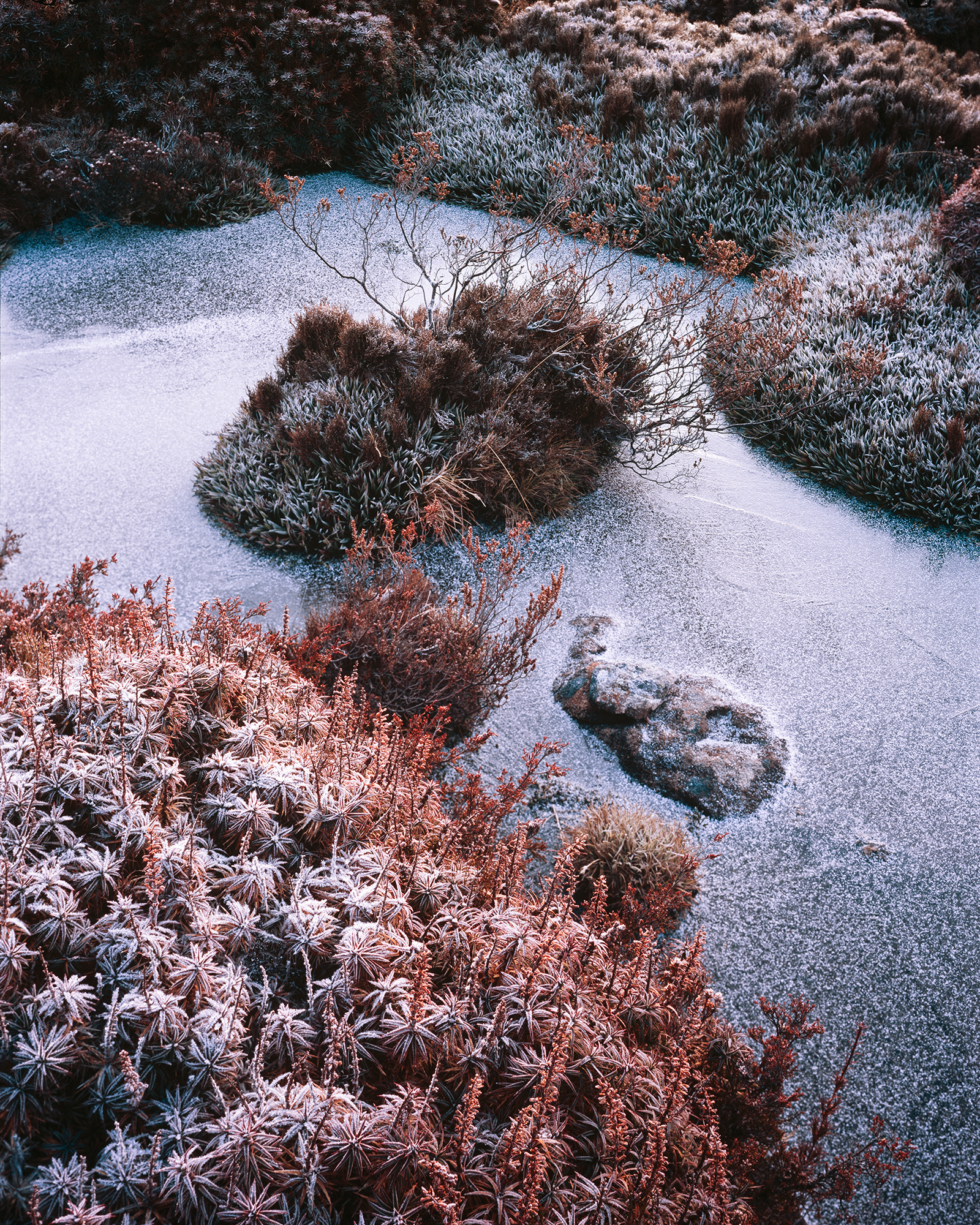
Folio: Charles Millen
A home, a cathedral.
I asked myself a question way back in 2011, atop of Legges Tor, Ben Lomond in Tasmania’s north “what mysteries are out there on the plateau beyond?” From my vantage point I could see the beauty of the region, something that I had not noticed before on the brief trips I had made there in the years of my youth. I recall the alpine village with its potholed, muddy gravel road and scattering of alpine huts overlooked by idle ski tows on the rocky slopes above. A sparse, exposed and barren looking landscape upon initial (and perhaps superficial) viewing. Initially formed by an ancient earthquake and later dolerite intrusion millennia ago, the mountain was sculpted during the last ice age which ended around 10,000 years ago. Vale, fell and mountain scoured and carved by an icecap and glaciers that flowed and melted into the valleys below. In more recent geological time, the repeated freeze and thaw cycles slowly cracked and pushed the hexagonal columns apart, forming the immense boulder fields, talus and scree that dominate the plateau and below the cliffs below of the mountain. How could this mountain, or conglomeration of peaks and plateaus (a massif) not entice me? The alpine grasses, and plants, upon closer inspection decorated the landscape… a garden. Perfect in its chaotic arrangement of pools, waterways, thickets of scoparia and cushion plants.
It was quite some time later that I was able to start exploring the region properly, as life would steer me anywhere but Ben Lomond again for a decade. In fact, I went from Tasmania to Western Australia, back to Tasmania and even to work in Antarctica (twice). It was late 2021 when I was able to finally venture up onto the Ben Lomond plateau, with my laden pack, tent, food and field camera for a couple of days of exploring.
My first trip was a walk from the alpine ski village towards Legges Tor, deviating to explore a region of the plateau to the north-west around Menamatta Tarns. I estimated that this was a good place to start, having observed on my map a concentration of tarns and streams that looked like winding capillaries. I followed game trails, weaving between scoparia, semi-frozen pools and whispering creeks. These features are of course not exclusive to Ben Lomond, nor are they uncommon in Tasmanian alpine regions. What sets Ben Lomond apart is courtesy of the higher elevation of the plateau and its subsequent exposure to colder temperatures and high winds. There is a distinct lack of trees. Dolerite columns abound and punctuate the moors, fells, and vale alike. Streams, creeks and small cascades are plentiful, and proliferate in times of rain. On that first trip beyond the alpine village the area revealed itself to be quite extraordinary. I can only describe the experience as more than I had imagined it would be. Walking down and through the valley below Giblin Fells through what I suspect is the remnant of glacial carving, peppered with erratics and pools of water, I meandered via game trails through an open moor filled with cushion plants, alpine grasses and scoparia. Observing meadow as a garden, I realised I would be visiting this place on many occasions to come.
I have been there in clear weather, roaring winds, driving rain and knee-deep snow. Perhaps the most striking for me was when the whole mountain was wrapped in mist, and rain came in waves of dark, grey, swift clouds. I would set the camera in between rain events, to wait and hope for a moment to make an exposure. I watched the water table rising underfoot, as creeks and pools swelled under the burden of precipitation. The water rose between the fresnel and ground glass too, making focus a little challenging. Another trip was a slow march through snow whilst being simultaneously battered by gale force winds. Dark blue clouds raced overhead as I made my way to an elevated region of the plateau, knowing that pitching a tent or attempting to use the view camera was going to be a fruitless errand. I wanted to experience the ferocity on the mountain when the winds were howling, and I wasn’t disappointed. It was almost like an Antarctic blizzard I once experienced. Almost… Another trip I camped on a slab of rock in the middle of the boulder field that is the Rodway Valley, watching and waiting for a moment to capture golden morning light as it evaporated the delicate frost that had formed on the lichen covered boulders. I once scrambled up ice covered scree in sleet and rain, only to be turned back by ferocious weather on the top of the plateau. So far I have made around eight trips onto the mountain that I have a visual record of; sometimes only one image captured. I suspect there will be many more adventure, as there are areas I have yet to explore. Every time I have visited somewhere for the first time, I see hints of features beckoning me in the distance. I make mental notes and think about the logistics and time needed to get there and photograph, as rarely do I have more than two nights to camp being a small business owner with family commitments. Soon I hope to explore a region around the two prominent lakes on the southern end of the plateau. A creek flows through a vale of incredible beauty, enough subject matter there to keep me occupied for a long time I suspect.
I see Ben Lomond as unique in the effect she has on me, the mountain beckoned me and hence cast her spell. It has become clear that I will visit and study the plateau many more times, perhaps for the rest of my life or at least until I can no longer traverse her mysteries. The mountain awaits those who want to experience her raw, exposed beauty. Virtually no tracks exist to steer you through her mazes. I suggest exploring Surprise Vale which is a marked cross country ski trail as a good introduction. Elsewhere will require some forward planning, research and preparation for when the weather turns, which it surely will. Envelopment in cloud occurs rapidly, and knowing where you are is paramount.
The lack of trails is part of the draw for me, it is untouched once you head away from the village or arrive on the plateau via some of the other routes that exist. There are no treated pine or plastic walkways scarring the landscape and no signage to constantly remind you of the banality of civilisation that exists outside of our wilderness.
The beauty of Ben Lomond is certainly worthy of exploration, and I actively encourage you the reader to venture forth. Visit vale, moor, meadow, tarn and lake, experience the ethereal silence of the bright cold silver stars above on a winter’s night, when the weather is conducive to such an experience. Stand in cold, frost and shadow in the Piesse Vale as you watch dawn light break through the Rodway Valley. Experience clouds rushing over the bluffs and around you, as you hastily pitch your tent. Admire frozen tarns before dawn, the geometric patterns in ice revealed as the inky darkness retreats, the sun parting darkness as your breath condenses before you. See wedge tailed eagles observe from the thermals above as you immerse yourself in the garden below.
Perhaps if you visit you will feel as I do, that when I am there, I am in a place that feels like a home, a cathedral…

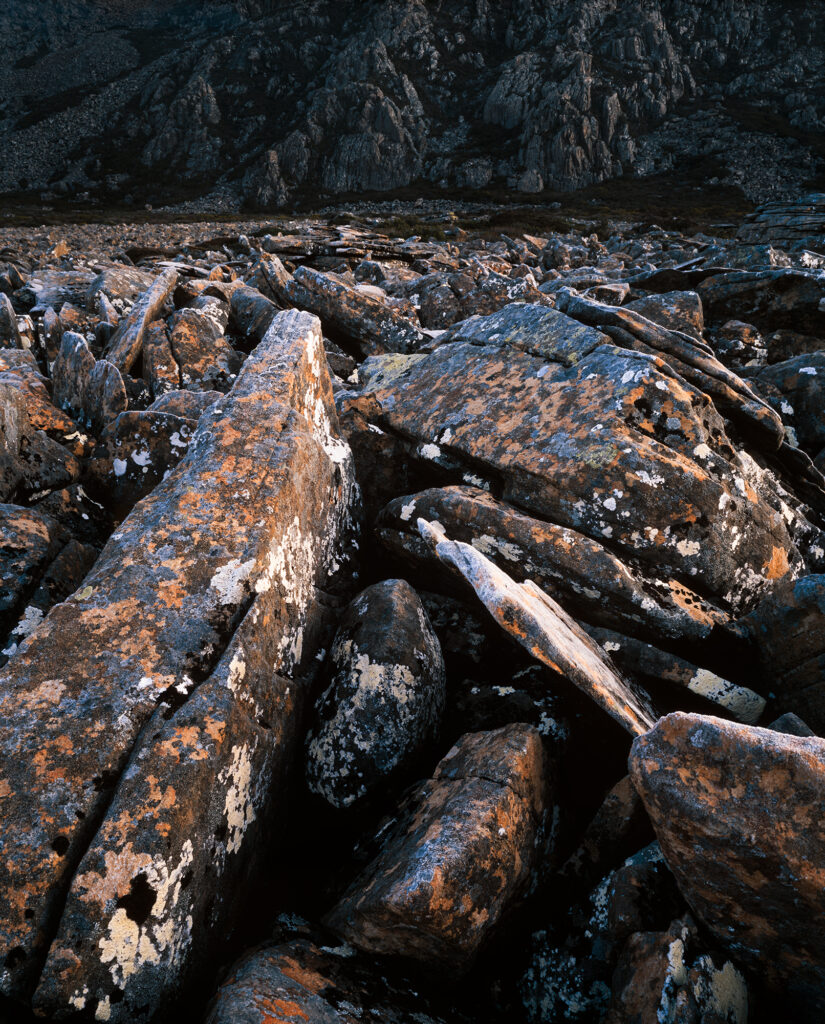

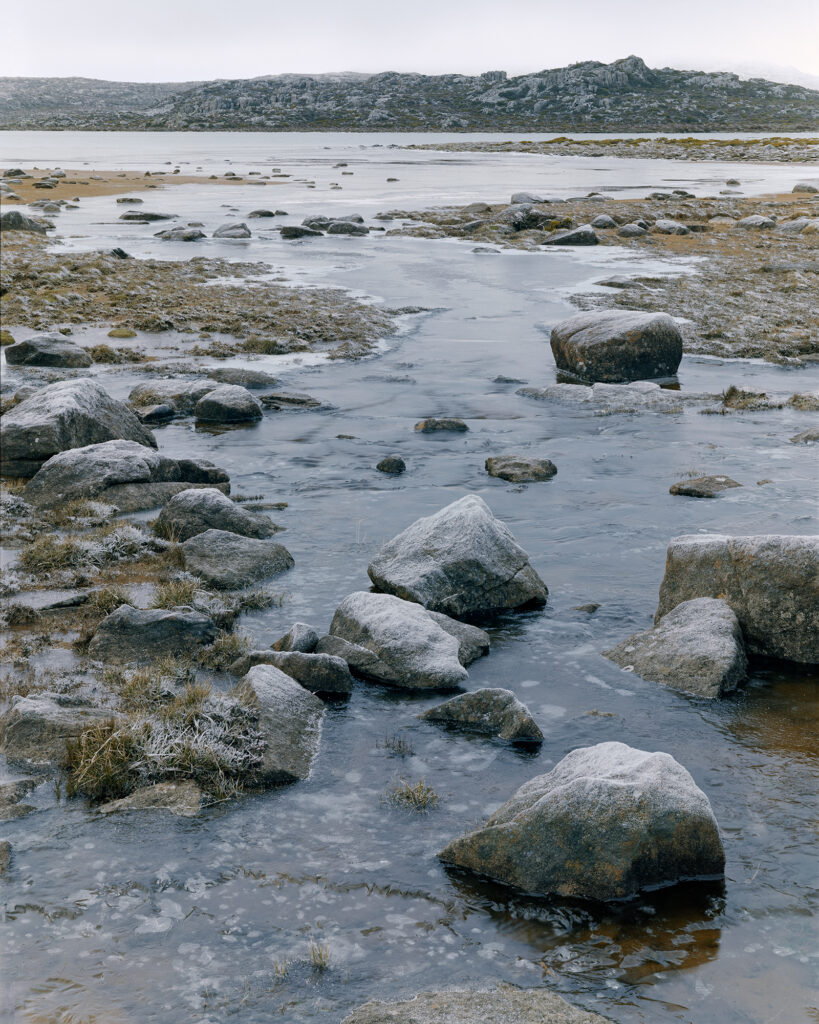



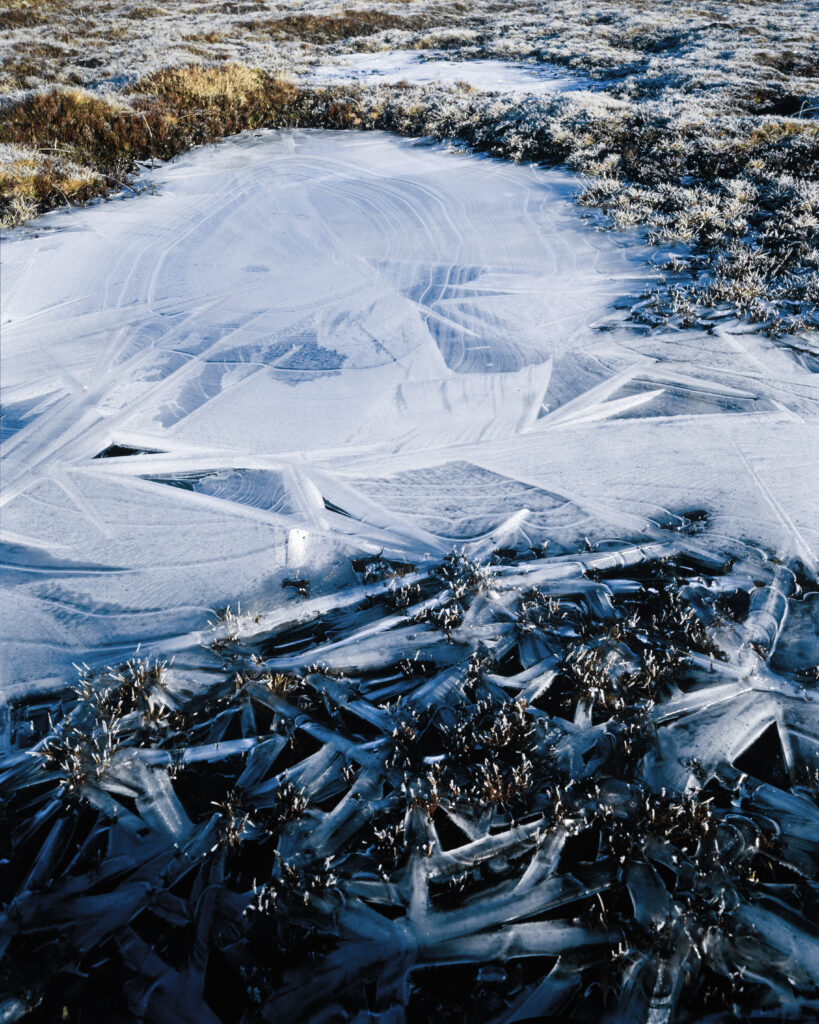

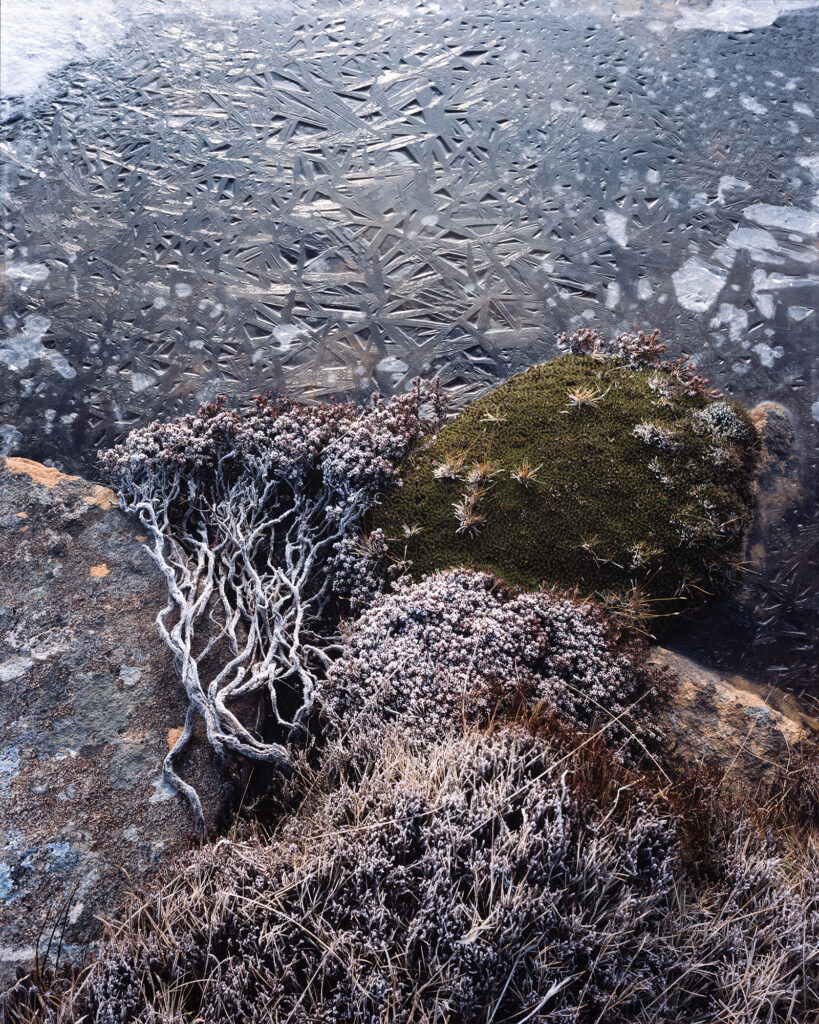

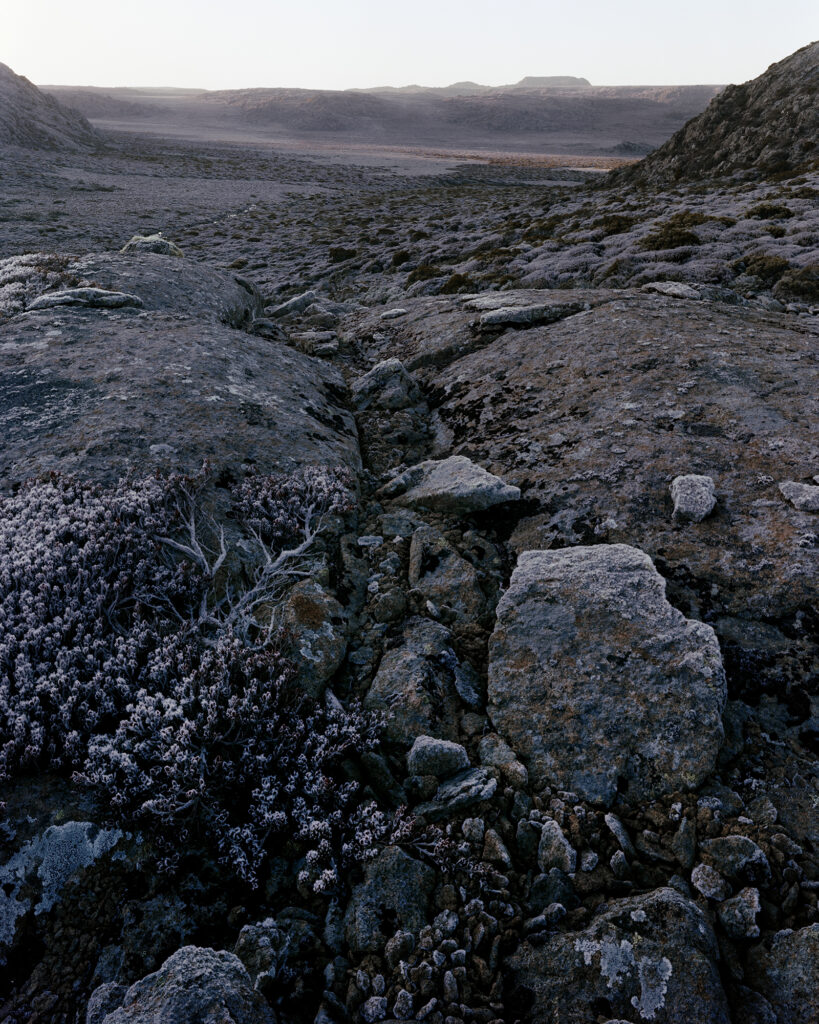
Charles Millen – I work in the realm of landscape & nature photography, my process is introspective & guided by an interest in wild, untouched places…
I work with a 4×5 field camera, colour reversal and colour negative film.
I live on the central north coast of Tasmania, Australia.


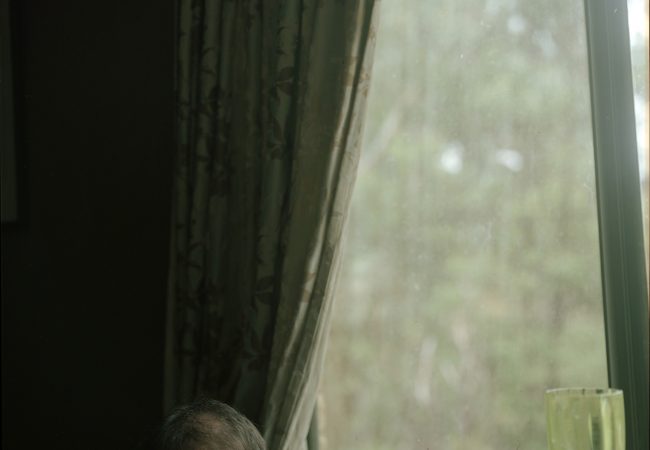
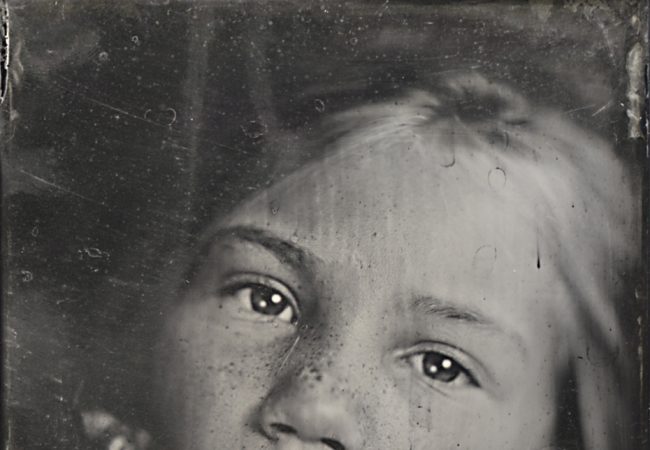

Charles, thank you for being part of the Folio series. Great set of photographs. Ben Lomond is such a wonderful place.
It certainly is David, thanks for the support…
Great article and amazing photographs Charles. I mostly choose a vertical format when composing a landscape, and I see that all of yours in this folio are too. I am interested in why you may see in this way?
Thanks Murray, I can say that I shoot predominantly vertical because that’s how I seem to see the composition in most cases, it feels balanced and natural at the time. I do ponder it sometimes and try and force a landscape orientation, but I then I generally end up back in the vertical position again. In short I think there is an elegance to the 4×5 aspect ratio in vertical… Do you have a particular reason for shooting vertical Murray?
Yes that’s interesting Charles. I’m not sure that I can definitively explain my liking for a vertical format, especially given the added difficulties of accommodating rise or fall on a view camera. I think part of the reason is that I often see landscape as primarily horizontal bands of various visual inputs (typically a descending strata of sky, mountains, trees, rocks and ground for example), where a horizontal capture tends to ‘gather’ more of the same rather than extend the scope of influences? Another factor could be that I subconsciously attempt to record landscape as a living, more assertive entity by using a ‘portrait’ format. Like you, I think that the 4X5 format is elegant, perhaps because it is conservative in expressing both portrait or landscape orientations?
I tend to agree, in portrait I can encompass enough of the horizontal and gain the added area at the top and bottom of the frame. Conversely, I find portrait aspect in the 3:2 aspect ratio of a 35mm camera very jarring. Some can work well with it, but I was never able to find my composition naturally with a 35mm camera, and for some reason I am adverse to cropping… 4×5 solves that issue!
Beautiful work, Charles. Thank you for sharing your photographs and the background behind you work on Ben Lomond. Looking to seeing some more in the future.
Thanks Mark, I look forward to making more images and possibly contributing more here in the future…
I just came across this article today after reading your other posts.
You no doubt braved some seriously cold remote conditions to capture these fine photographs.
I can only echo the sentiments of others – these are stunning images that are beautifully composed and an inspiration for viewers to respect and actively protect Tassie’s unique wilderness..
Olegas Truchanas would have been proud of you!
Thanks for the kind words Brian, it is a privilege to be immersed in the Tasmanian wilderness. May it be protected and conserved for all future generations…